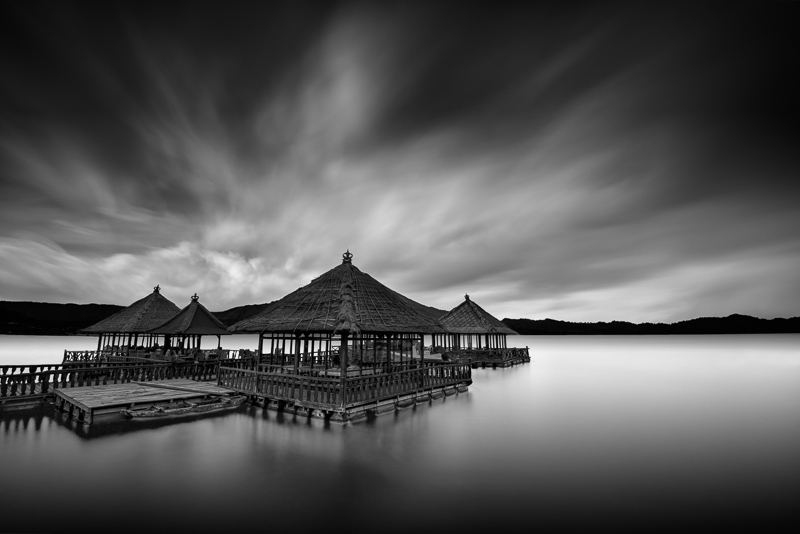Written By: Zach Geldert
Photo Credits to: Matej Michalik
I recently read an article that filled me with a sense of intrigued disgust. Nonetheless, it helped to kick-start my thinking on how social media and creativity/art are interconnected. The article that I read lambasted technology’s impact on art in such a stuffy and haughty way I almost threw my computer. The article claimed that ‘creatives’ were getting a raw deal because everyone seemed to be more concerned with taking a picture of the artwork rather than observing it; the author purports that this is done out of a necessity to appear ‘cultured’. The writer went on, with arrogant pompousness, to suggest that modern language hinders the ‘creatives’ artist production because it is somehow corrupted by a screen, which allegedly removes ‘feelings and love’.
Lastly, the writer attacked her fellow artists for using social media as a platform for sharing creative talents and hints of jealousy shone through as she suggested that the ‘stardom’ people gained on social media was undeserved because those who used social media were gloating by sharing their work online.
In my opinion, this characterization can not be further from the truth. Conversely, social media has broken down artistic boundaries and created a universal space for the mass communication of emotion and expression where everyone has the opportunity to share their creations and to passively and cognitively observe art in innumerable forms.
Creativity and art are expressions of oneself transmitted into a medium that others understand so that these emotions can be shared. Before the advent of social media there were no doubt countless individuals who laboured tirelessly to create art that was never hung in a gallery, never performed on stage, never read, and never heard by another person. Art was constricted by a physical location. If one wanted to see art in the 1960’s one would have to leave the home and actively seek it out. Therefore, so many artists were silenced and their expression went unnoticed by others, thus limiting the infinite possibilities of the expression of the human experience.
Through social media, these barriers have been shattered. There are now a multitude of social media websites that the average person passively encounters on an everyday basis. For example, photography is shared on Flickr, VSCO, and Instagram, music is shared on Soundcloud, books are self-published and free on Kobo, physical crafts are for sale on Etsy, and dancing, acting, singing, and visual arts are shared on YouTube, Facebook, Instagram, and Tumblr. This is only a small sampling of the creative work of others that is available to a person without leaving their couch. Moreover, the artists themselves have now been freed so that every skill level, every niche, and every emotion can be expressed freely, thus there is potential for every person to be properly understood and interpreted through their art. While it may be argued that the influx of art available limits the amount of viewing time for a piece, I would like to propose that this is not inherently bad.
There is no doubt that we live in a society that is increasingly accelerated and may forgo deep, thoughtful contemplation. From this, one is tempted to conclude that this would cause a lack of contemplation of art, resulting in the observer missing the meaning of the art form. However, I propose that this is not the case and that creativity and art contributes understanding regardless of how long it is consumed. I propose this on the basis that art as an expression of self does not stem from long contemplation in and of itself, rather it is the appropriate mode that is the part of potentially long contemplation. Consider one of the most intricate pieces of art imaginable, the ceiling of the Sistine Chapel in Vatican City (for those who are unfamiliar with this artwork it is a vast painting done by Michelangelo depicting the Creation of Adam as described in the Bible). It is factually true that the production of this form of art took a long time to complete (4 years) yet, the emotion within Michelangelo that drove him to depict the scene the way he did may have happened in an instant.
Consider another example, Da Vinci’s Mona Lisa. Again, this masterpiece was carefully crafted using techniques and materials created by Da Vinci, however, the emotion that he was trying to express was what spurred the creation. It is this raw emotional feeling in the mind of the artist that comes in a split second that I argue is the essence of art, similar to the flicking on of a light bulb. Without the sudden ‘light bulb effect’, these painters would have never crafted what they did. In a similar sense, when one interacts with any art form, even for a second, they are immediately interpreting and experiencing the emotion of that art in their own way. Herein lies the beautiful marriage of creativity/art and social media.
By enabling any person with an internet connection and device access to sharing and experiencing art our society has become a richer and more diverse place that has a larger potential to discover, passively and cognitively, an infinite amount of human emotion and experience that transcends gender, culture, language, and religion. With the world of art at our fingertips, art can not be hurt by advances in social media, it can only further the understanding of humans as emotional and creative beings.
